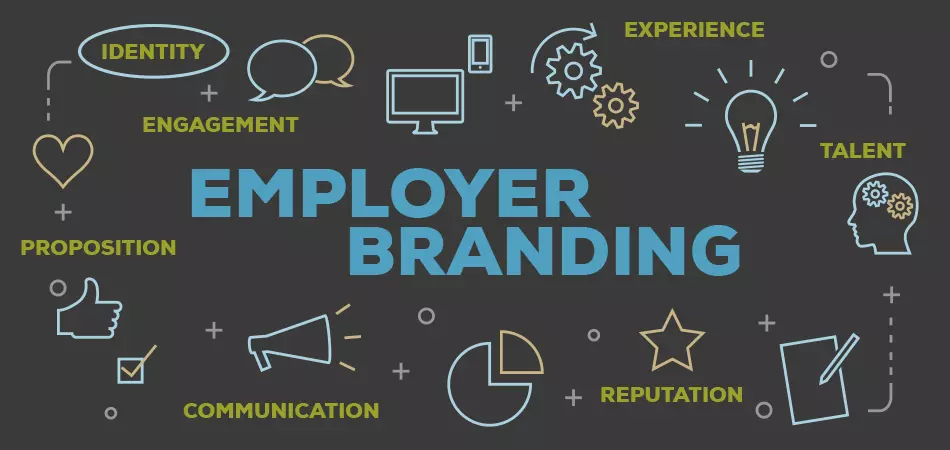You already have an employer brand – whether it’s accomplishing what you need it to, or not. Understanding what it is today – and using design thinking to understand what it should be – will transform your organization’s recruiting for the better.

More and more companies are starting to understand the value of a strong employer brand, and are looking at ways to define one that’s meaningful to their target audiences. With unemployment at less than 4%, it’s more challenging than ever to attract and retain the candidates who can make a real difference to your business and your bottom line.
But whether your employer brand is high on your priority list or a “we’ll get to it one of these days,” there’s something you need to know.
You already have an employer brand. Whether you like it or not.
It’s how your candidates already think about your company – and how your current and even past employees think about it and talk about it with their friends, families, contacts and connections.
Your job is to understand what it is today, identify its strengths and weaknesses, and articulate and position it effectively so it resonates with your target audience in a meaningful way.
There are a lot of great reasons to define your employer brand and make sure you’re getting it right. One of those reasons is attracting applicants, of course – a strong employer brand drives 50% more qualified applicants, according to LinkedIn. But it goes beyond that: your employer brand is also a tool for driving costs down. In fact, a strong employer brand can lead to a 50% decrease in cost per hire, and a 28% increase in retention.

To have an effective employer brand you must understand what your brand is today, what it could be and how to articulate it in a meaningful way that connects with the right people – the candidates who have an impact on your company’s bottom line.
Take a look at the employer brand and recruitment marketing campaign we helped E.W. Scripps define. Then let's get started exploring what your employer brand could be – and what it can mean for your company’s bottom line.